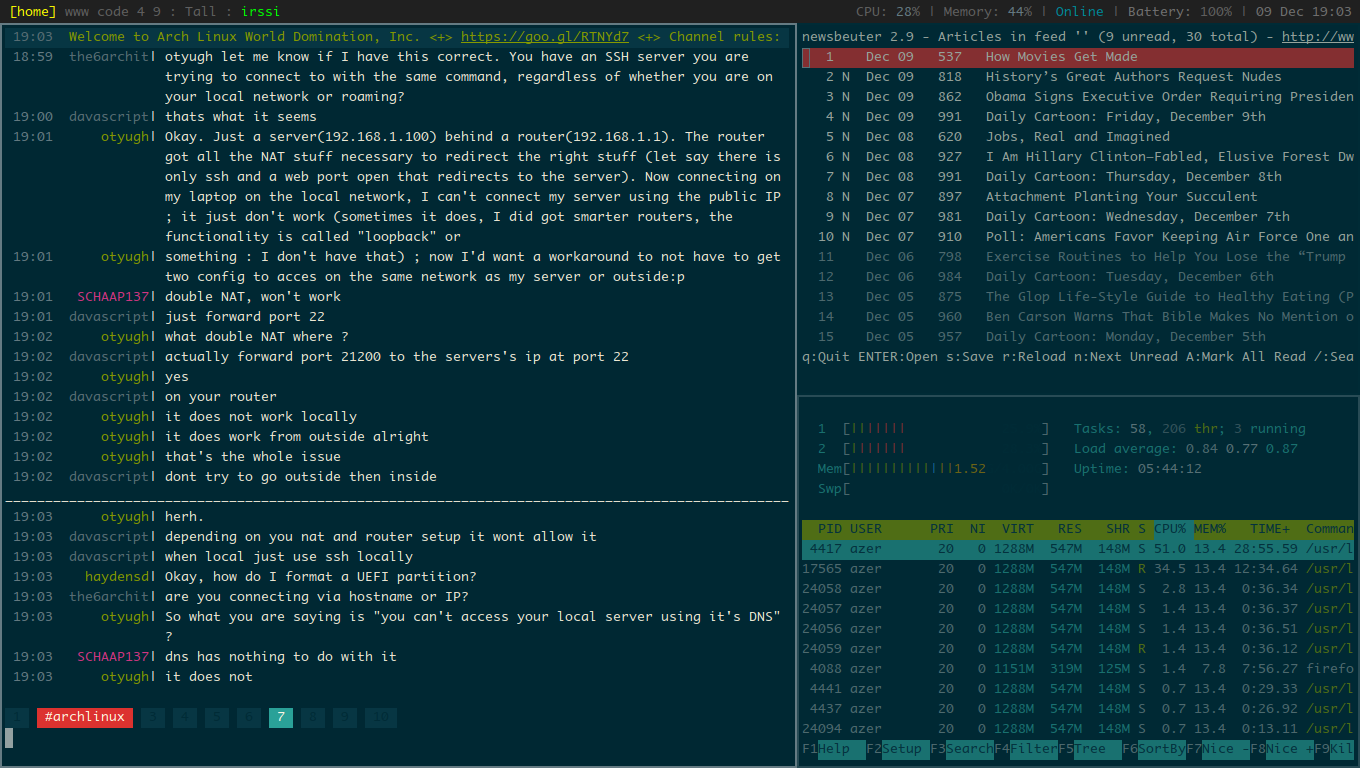

- LINUX DEVELPOMENT WORKSPACE MANAGER HOW TO
- LINUX DEVELPOMENT WORKSPACE MANAGER FULL
- LINUX DEVELPOMENT WORKSPACE MANAGER SOFTWARE
(The complete package including settings, etc, is found in the package ubuntu-gnome-desktop).
LINUX DEVELPOMENT WORKSPACE MANAGER HOW TO
More instructions on how to install it can be found here.
LINUX DEVELPOMENT WORKSPACE MANAGER SOFTWARE
Or if you prefer the GUI way, search for "gnome shell" in GNOME Software (or Ubuntu Software Center in older Ubuntu versions) and install the gnome-shell package. Or run this in Terminal: sudo apt install gnome-shell To install it on an existing install, click here: GNOME Shell is available in the official Ubuntu repositories. A vanilla GNOME Shell can be installed using the vanilla-gnome-desktop package. With 17.10 onwards, the default Ubuntu installation uses GNOME Shell with an Ubuntu theme and dock. This is the recommended method to get GNOME Shell installed in Ubuntu, if you don't plan to use Unity, KDE or any other desktop environment.
LINUX DEVELPOMENT WORKSPACE MANAGER FULL
How To Get It?īefore 17.10, Ubuntu GNOME was an Ubuntu flavour that had a full blown GNOME desktop environment installed and used by default. As of the time that this was written, the GNOME developers aim to have GNOME Shell able to run on any hardware that is at most four to five years old. GNOME Shell requires hardware acceleration, and has roughly similar requirements to Unity. Alternatively, you can use the GNOME Tweak Tool to set a static number of workspaces. When you remove all the windows from a workspace, that workspace will be removed until you need it again. GNOME Shell uses automatic workspace management at any given moment, it only keeps open as many workspaces as you have active windows on, plus an extra empty one to start more windows.Or alternatively, you can use the GNOME Tweak Tool to enable the minimize window button. This could need some getting used to at first. By default, windows cannot be minimized in GNOME Shell, as the use of Activities Overview and Workspaces are supposed to replace that.For more information on how to install these extensions, see the answers to this question. Have a look at GNOME Shell Extensions website to see the available ones. Extensions is a powerful feature that enables you to extend the functionality and interface of GNOME Shell.The Notifications system is designed to help you quickly respond to notifications in place or to return to them at a convenient time.The Activities Overview provides an easy way to view all your open windows, drag windows between workspaces, search for applications, and more.Uses Mutter instead of Compiz for the window manager.It is the default interface used by the officially-supported Ubuntu GNOME flavor, and is the default interface for the main Ubuntu flavor since 17.10 instead of Unity. GNOME Shell is the "official" shell developed for GNOME 3 by the GNOME project. GNOME Shell's Application Overview on Ubuntu GNOME 16.04LTS with GNOME 3.18


 0 kommentar(er)
0 kommentar(er)
